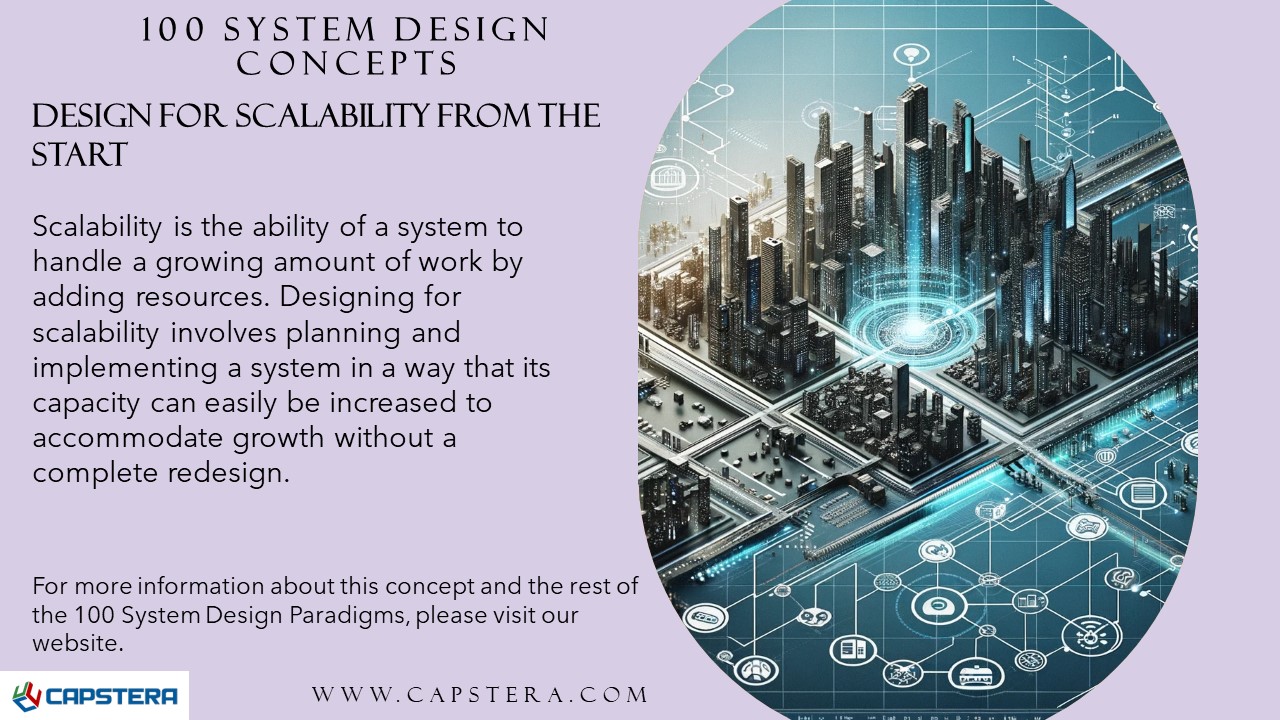
Design for Scalability from the Start
Understanding Scalability
Scalability is the ability of a system to handle a growing amount of work by adding resources. Designing for scalability involves planning and implementing a system in a way that its capacity can easily be increased to accommodate growth without a complete redesign.
Strategies
- Stateless Design: Design components to be stateless, enabling easy replication and distribution of loads.
- Microservices Architecture: Break down the application into smaller, independent services that can be scaled individually.
- Database Scalability: Plan for scalable data storage solutions, including the use of scalable database systems or NoSQL databases.
Benefits
- Future-proofing: Reduces the need for significant changes or overhauls as the application grows.
- Cost-effectiveness: Allows for efficient use of resources, scaling out only when necessary.
- Improved User Experience: Maintains high performance levels even as user numbers increase.
Potential Shortcomings
- Initial Complexity: Designing for scalability can introduce complexity early in the project.
- Resource Intensive: May require more upfront resources and planning.
- Overengineering: There’s a risk of overengineering for scalability that may never be needed.
For more business architecture, enterprise architecture, and related insights, tools, models, and templates, please visit https://www.capstera.com
